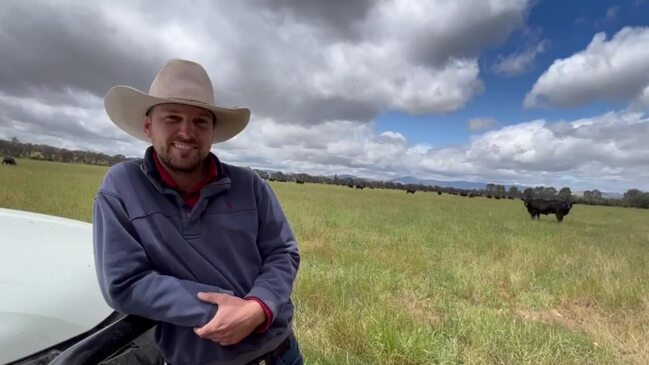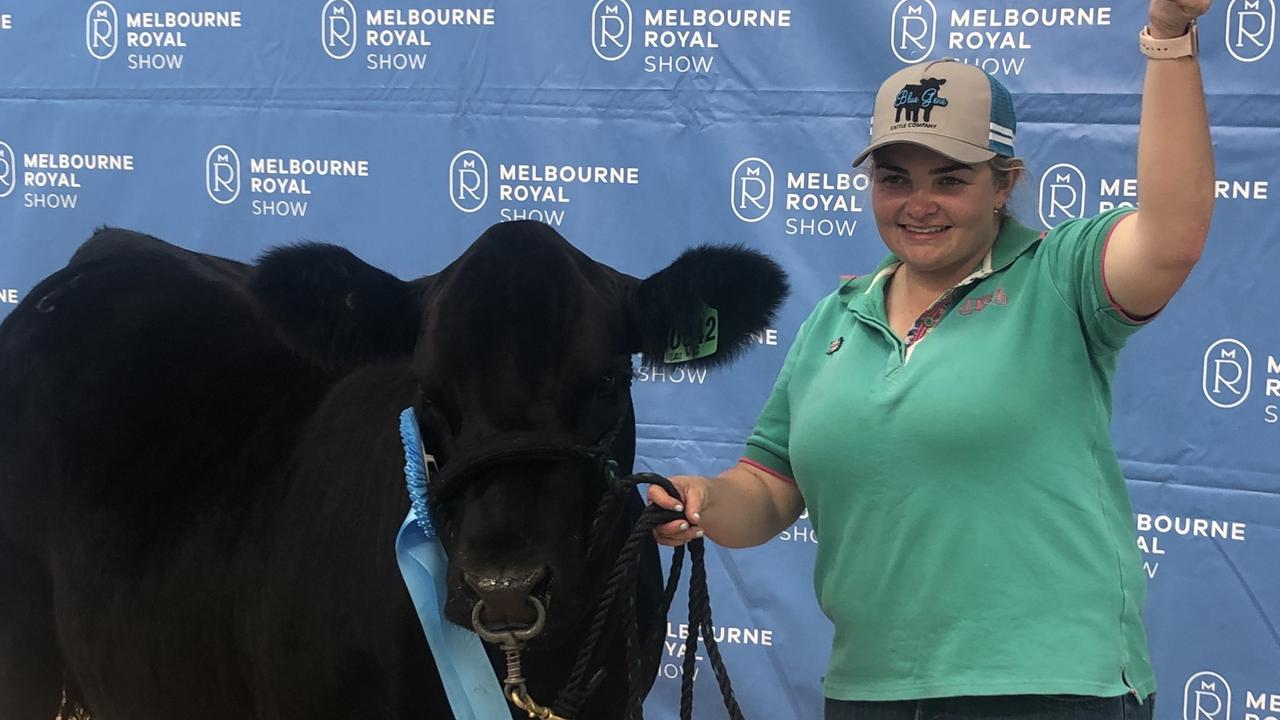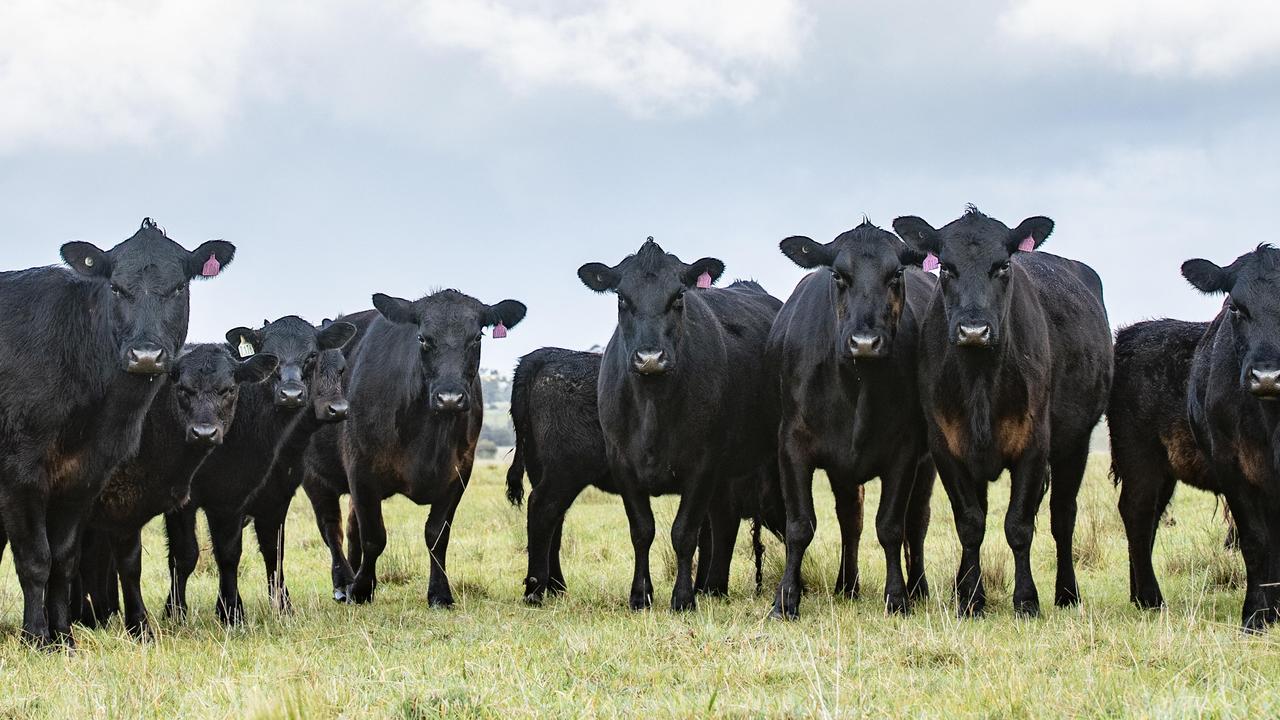On-farm carbon emissions
With the Australian red meat industry setting a carbon neutral goal by 2030, a climate specialist gives some practical ways producers can take stock of their emissions.

The Australian red meat industry has set a target to be carbon neutral by 2030.
This means by 2030, Australian beef, lamb and goat production, including lot feeding and meat processing, aim to make no net release of greenhouse gas emissions into the atmosphere.
It’s an ambitious goal and one that is now only six years away.
According to Meat and Livestock Australia the CN30 target sends a clear signal to government, global markets and consumers that the livestock industry is proactively addressing emissions and taking action to improve long-term productivity.
“By taking action, the red meat industry pre-empts current and future market expectations regarding environmental credentials which will allow red meat producers to stamp their mark in a competitive global protein market”
To date, the Australian red meat industry has decreased annual emissions by 57 per cent towards target. An additional 54.61 million tonnes per annum must be diverted to achieve CN30.

EDUCATION PHASE
Agriculture Victoria climate specialist Graeme Anderson said there was currently a “big education phase” underway, with many farmers trying to educate themselves.
Mr Anderson said many people ask what all the fuss about greenhouse gases is about.
He said while gases like CO2 aren’t necessarily toxic, the problem is the gases trap heat.
“The story goes way back to the 1800s when scientists first discovered the abilities of these heat-trapping gases,” he said.
“Basically, adding more greenhouse gases is like slowly winding up the windows and trapping more heat. That’s why scientists expect our warming trends to continue in the coming decades. It’s basic physics. This is all about changing the ratio of heat in versus heat out.” “That’s why we expect to see much more attention paid to how we manage and reduce greenhouse gas emissions, which is good, because in agriculture we don’t want things getting much hotter, especially because a warmer world will affect our seasons, weather patterns, and variability.”
According to Agriculture Victoria resources understanding carbon and emissions can help agriculture to: capitalise on growing market demand for primary produce that can demonstrate improved and improving emissions performance and increase productivity through greater efficiencies and new technologies.

WHAT’S YOUR SCORE?
So how does being carbon neutral translate on-farm? And what can producers do to prepare?
Mr Anderson said the best place to start for farmers was to understand their farm’s emissions.
“There are calculators out there that can help work out what your farm emissions intensity figure is, which helps educate on if the score is good or poor, then once you understand your own farm emissions, you can work from there,” he said.
“In the longer term we want producers to reduce the emissions per kilogram of product produced.”
Agriculture Victoria is currently running an on-farm emissions action plan pilot, which will work with up to 250 farm businesses across the state to estimate their on-farm emissions profile and identify potential actions to manage and reduce emissions while maintaining productivity and profitability.
Meanwhile, a number of farmers are already proving there are ways to increase on-farm productivity while also reducing greenhouse gas emissions on-farm.
Mr Anderson said farmers have a bit of an advantage as they have land and they can off-set some of their emissions which will buy them time.
“While it is a good idea from a business point of view to know your emissions, it is will become more likely for producers to be asked more often for input and output data from end users.”
“For example those who export canola to the EU have to meet market criteria and provide extra detail, so farmers will do that if it is worthwhile.”

DON’T GO IT ALONE
Mr Anderson said it was important producers don’t try to solve the problem alone.
He said there were a number of helpful resources and pilot programs, as everyone was trying to learn together.
“We are all trying to make sense of it all, because we have to. All sectors, not just agriculture, are trying to work out how to lower emissions and everyone benefits from food and fibre production, so it isn’t just up to farmers alone to fix it. There is a huge role for all along the supply chain.”
While Mr Anderson said aiming for carbon neutral was good long-term, it was difficult, so the best way for farmers to approach it was to know their intensity number and work on improving it over time.
“The main thing for producers is to adopt things that make sense as they are ready and work on innovations.”
TAKING ACTION
The Making cent$ of carbon and emissions on-farm booklet by Agriculture Victoria (a free online resource) provides examples of actions that farm businesses can take to improve their emissions performance on-farm under the key action areas.
The key action areas include:
ENERGY: increasing efficiency, renewable energy and emissions reduction
NITROGEN use efficiency and fertilisers: improving efficiency and saving money
HEALTHY soils: to grow food and store carbon
LIVESTOCK: improving performance and reducing energy loss
TREES: for farm health
SUPPLY chain: prepared for what others are doing.

The booklet provides practical tips on how producers can continue to manage carbon and emissions on-farm.
Mr Anderson said there would be things producers are already doing they may be surprised contribute to lowering emissions.
Some of the management options listed in the booklet include:
UNDERSTAND your energy use: get an energy assessment or audit to the national standard (AS/NZS 3598.2:2014) to measure your current energy use and highlight areas for improvement.
ESTIMATE the methane and nitrous oxide emissions on your farm using a greenhouse gas accounting tool (agriculture.vic.gov.au/carbonemissions for links to appropriate tools).
MONITOR soil nutrient levels: monitor soil organic matter/soil organic carbon over time via testing.
IMPROVE the quality of the feed that livestock eat to reduce methane emissions: improve the quality of pasture or forage by optimum grazing management, growing high quality forage crops.
CONSIDER ram and bull selection and breeding to achieve increased reproductive rates and shorter finishing times: utilise Australian Sheep Breeding Values, Estimated Breeding Values for cattle and Australian Breeding Values for dairy cattle.
KEEP accurate records on the inputs and outputs of the production system.
Meat and Livestock Australia have a number of useful resources available for red meat producers, including a fact sheet aimed at beef producers on 10 ways to be on the front foot towards carbon neutrality.





